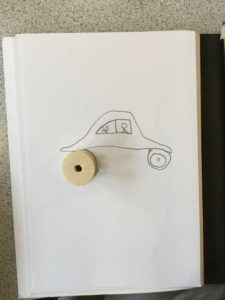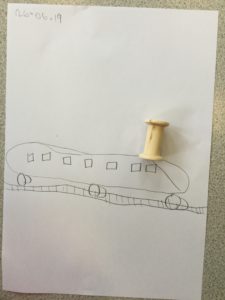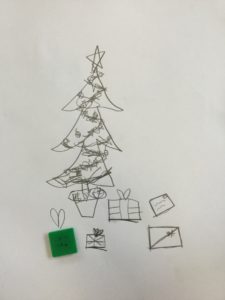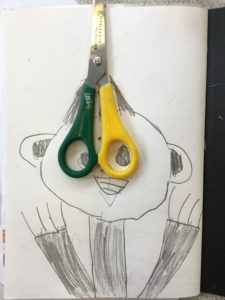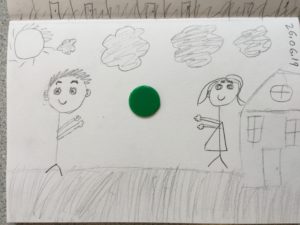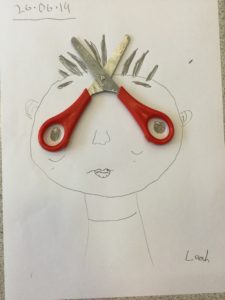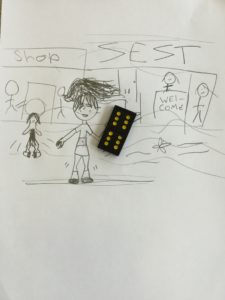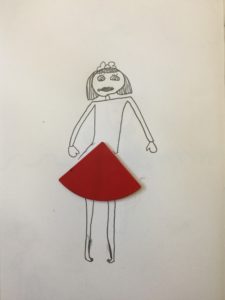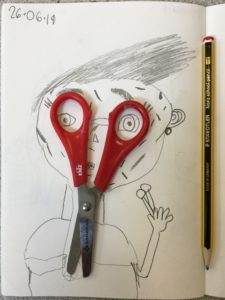Living and Learning: I make healthy choices.
In class, we held a discussion about healthy and unhealthy choices. 
To stay fit and healthy we need to;
- drink water
- get plenty of sleep
- be active
- eat fresh fruit and veg
- spend less time looking at screens
- get some fresh air
- take time for relaxation
- limit fizzy drinks
- do some stretching exercises
- drink milk
- ride a bike or scooter
- walk and run
- eat less sugar
- keep your body, hair and teeth clean
- eat low sugar snacks
If you can do lots of these things then it will help you to concentrate and learn well.
By Year 4
School Savings Club paying in session
The next School Saving Club paying in date is 10 July 2019 at 3.15-3.45pm.
If your child opened an account in our Money Matters themed week, this would be a great chance to start their saving journey.
If you’re unable to attend in person, please hand in any money to be deposited to the office in a sealed envelope addressed to Mrs Tiffany.
This is the final paying in date for this year and dates for next year will be shared in September.
If your child would like to open an account, please ask at the office.

Residential… finally!
After much editing, emailing and formating, I finally bring you a taste of what your children experienced on residential. Apologies for the delay! Year 6 had a great time and were a credit to the school, you and to themselves. Many members of staff at Robin Wood remarked upon their manners a number times.
We did all sorts over the three days and here’s an idea of what it was like.
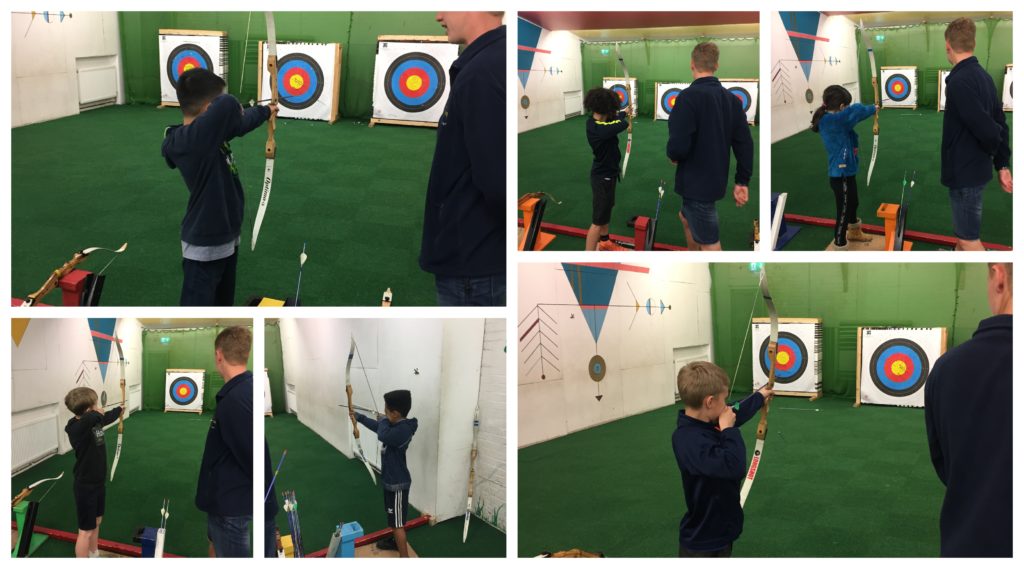
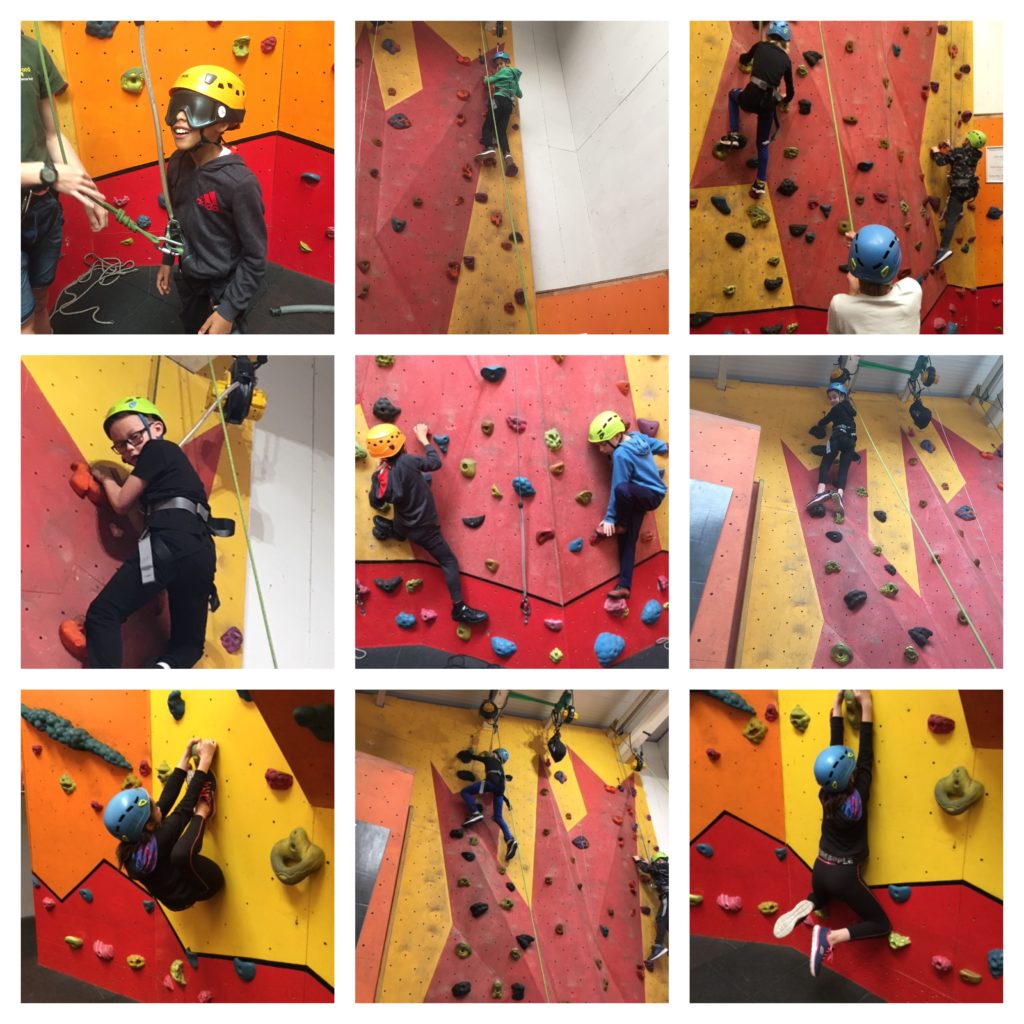
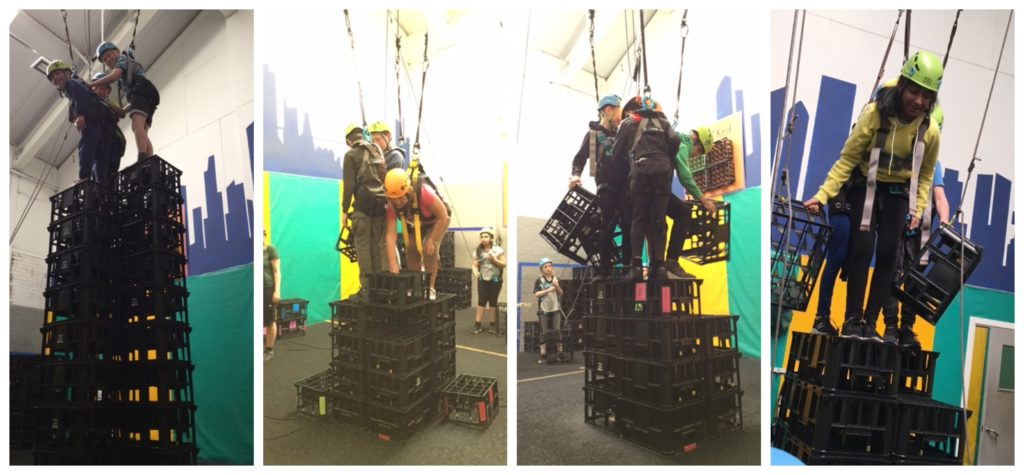
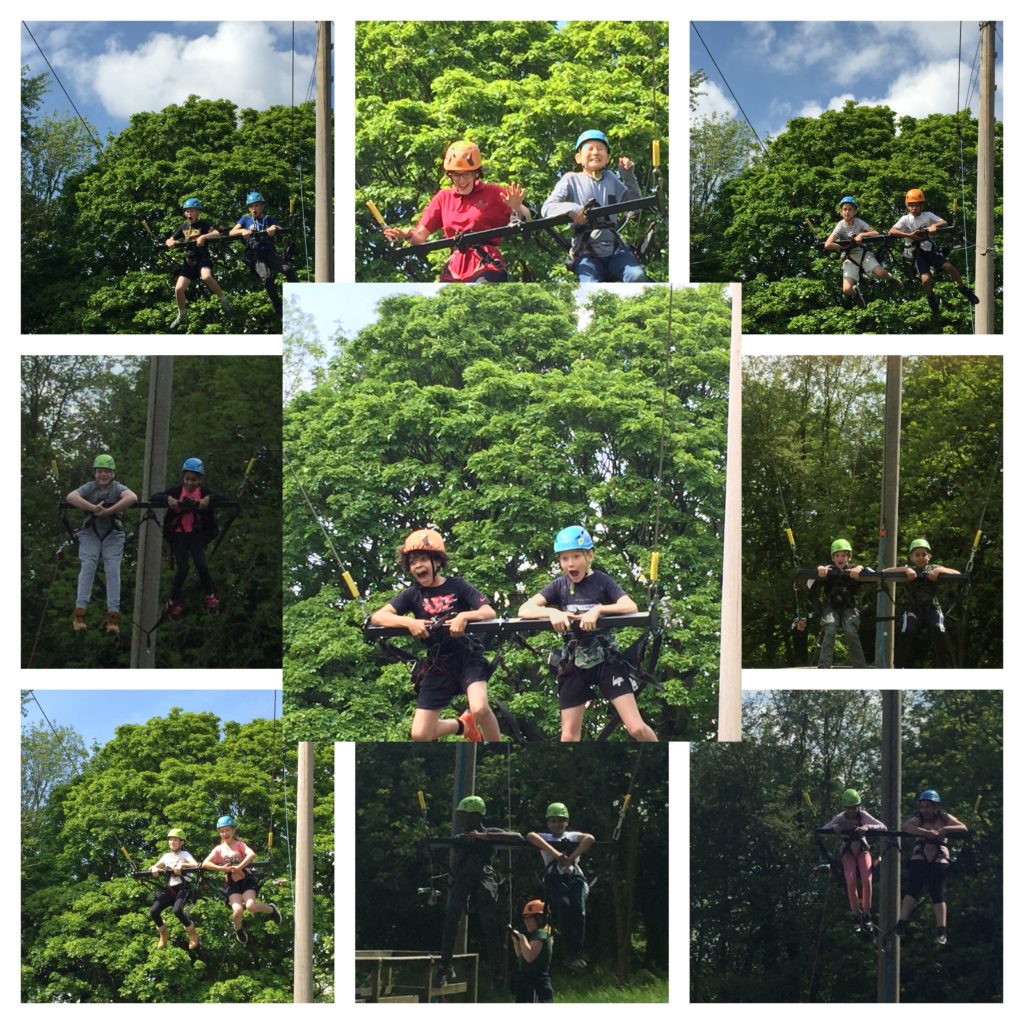
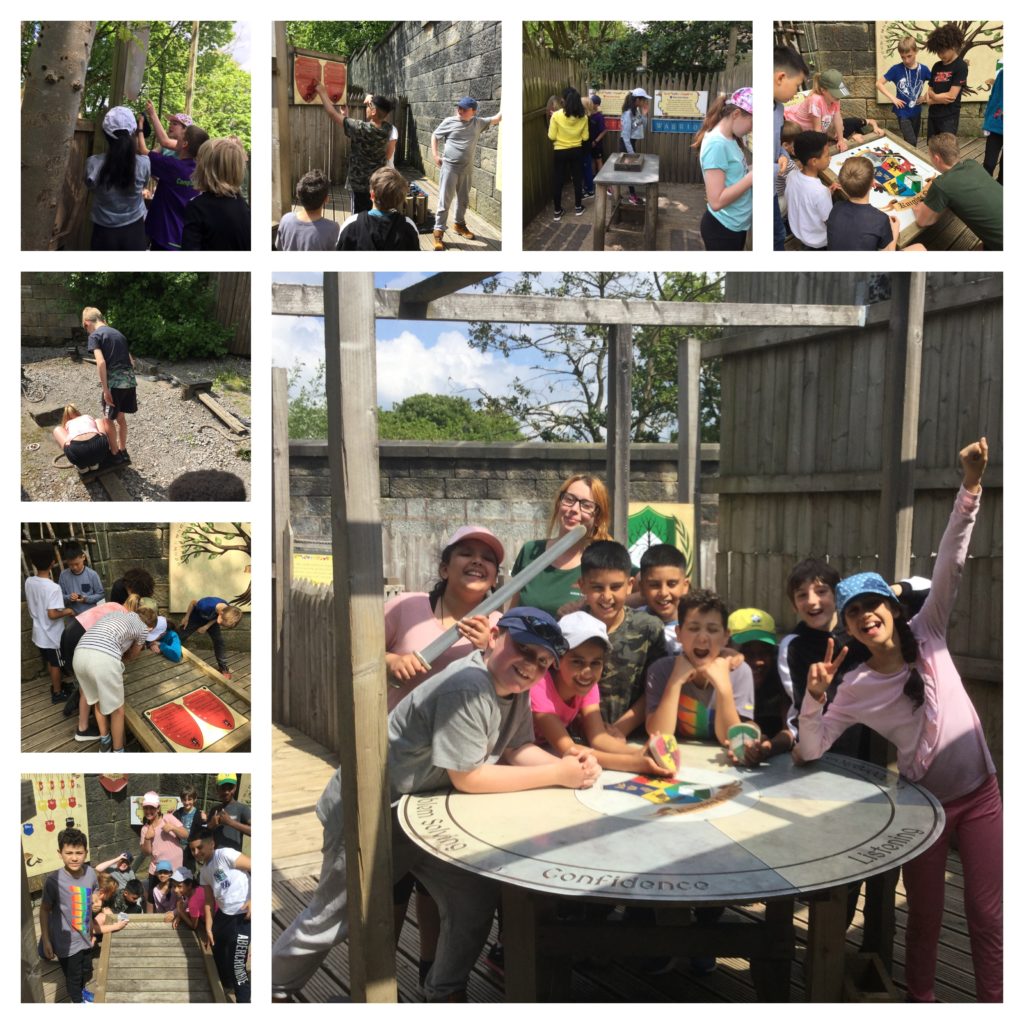

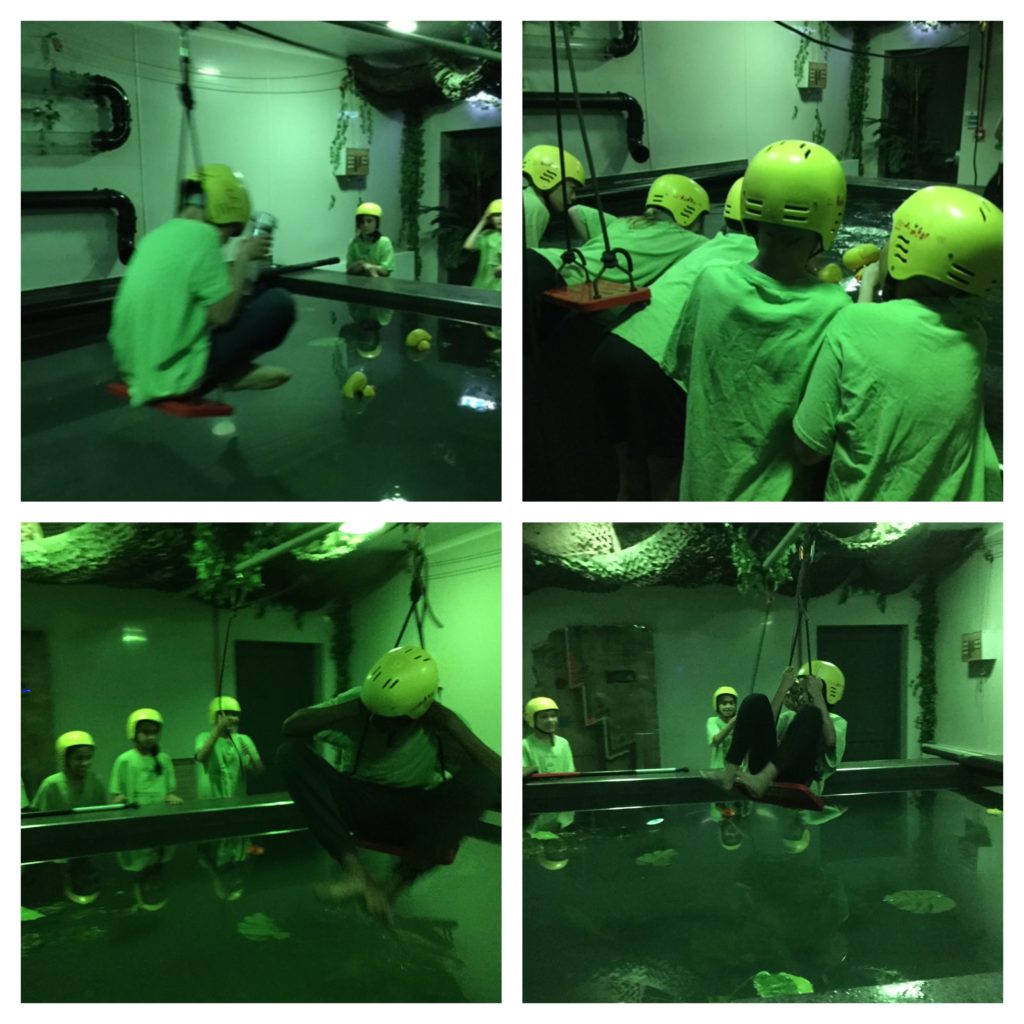
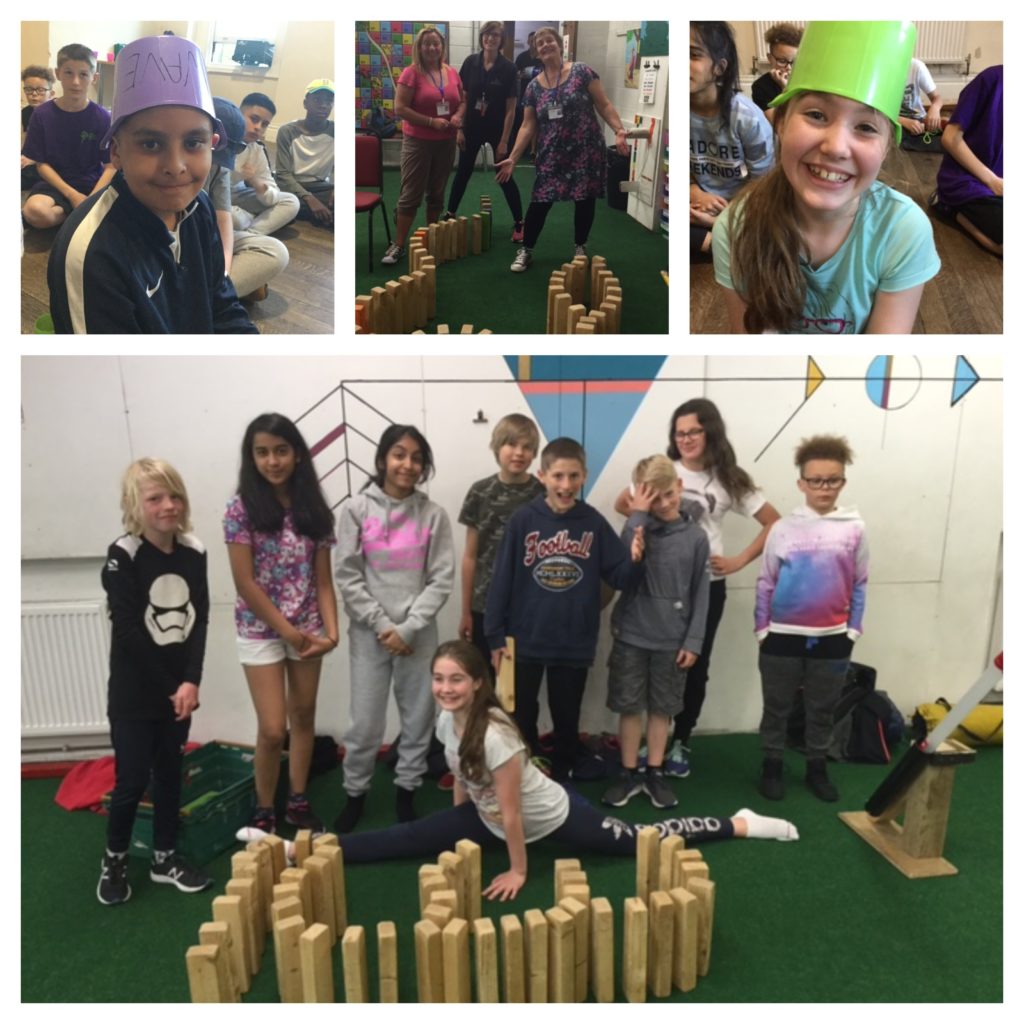
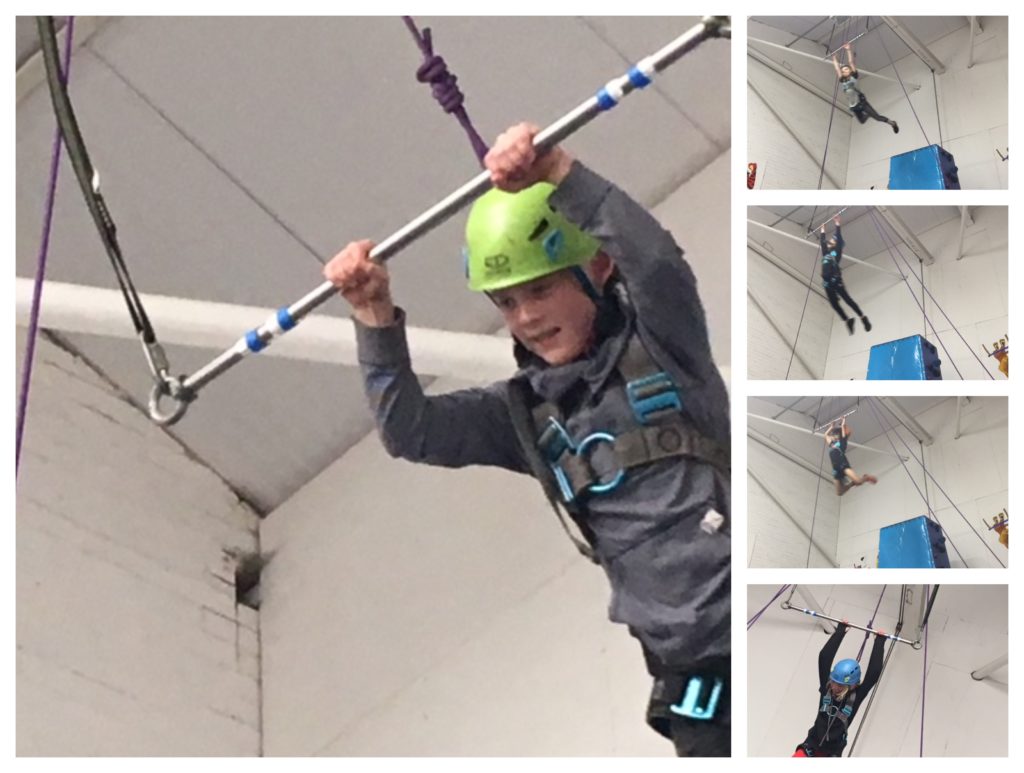
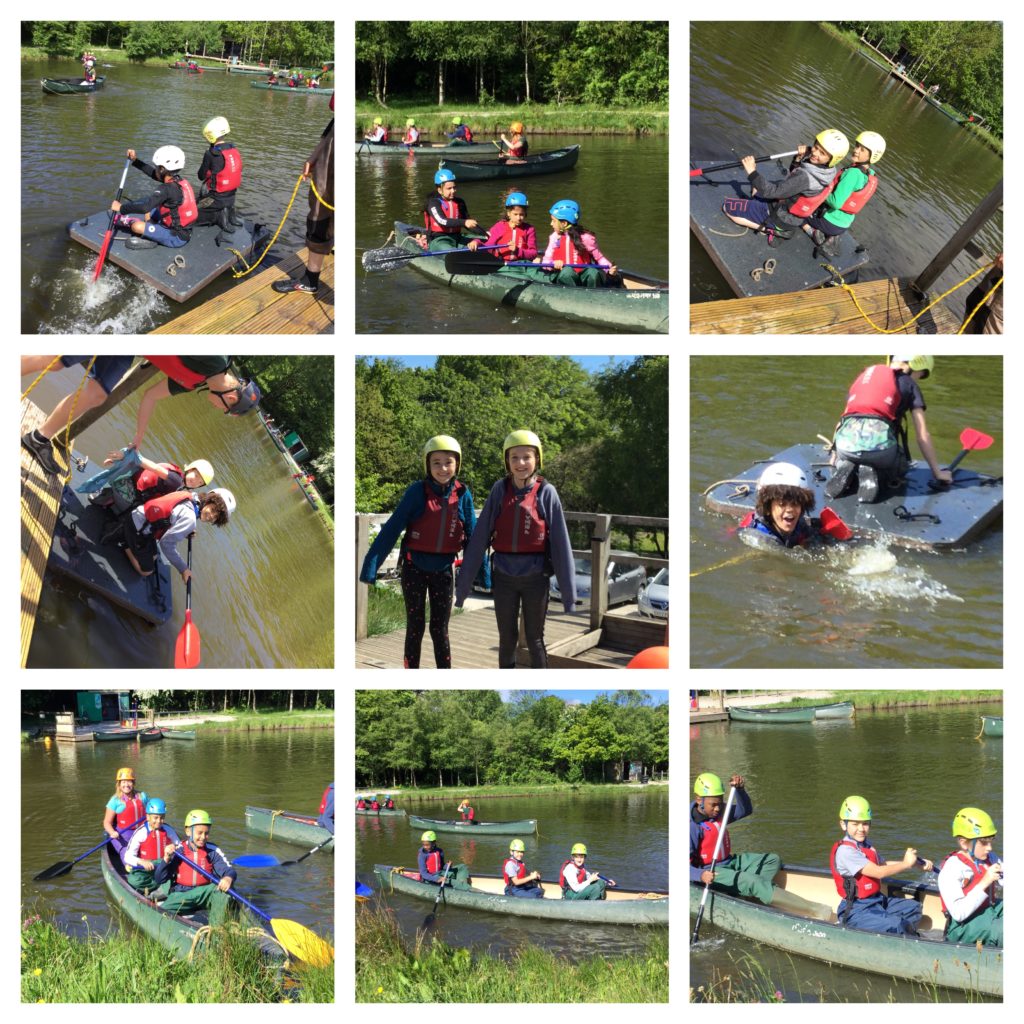
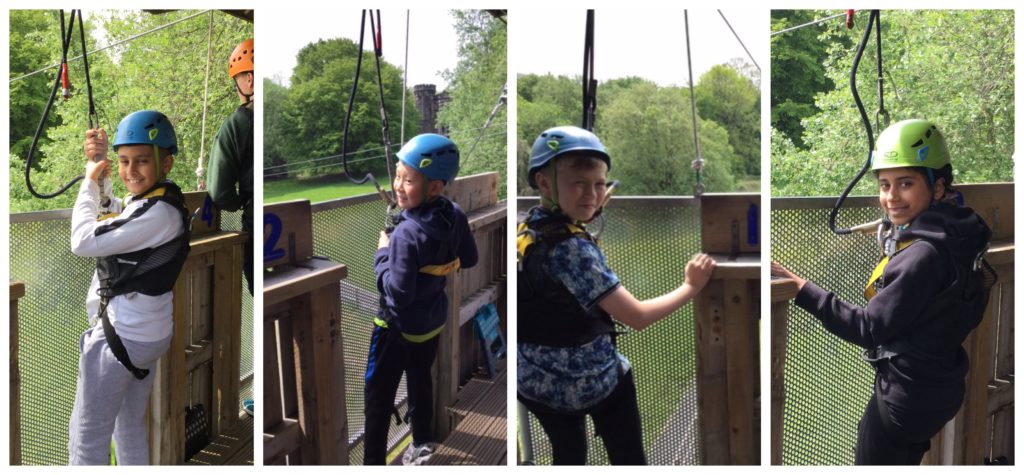
Ukulele in the sunshine
Well done to the children who performed at the summer fair on Saturday.


Yoga
The children really enjoyed their first yoga session.



All Stars Cricket FREE ‘Have-a-Go’ session
There will be chance to ‘Have-a-Go’ at cricket at an All Stars Cricket session at Old Leos Cricket Club (LS17 5PR) on Sunday 21st July 2-4pm.
All Stars Cricket gives girls and boys from the ages of four to eight an opportunity to become a star. All Stars Cricket ‘Have-a-Go’ sessions are suitable for all skill levels, providing your child with a fantastic fun and safe first experience of cricket.
This is completely FREE of Charge and NEW Participants will receive a free bat and ball!

Click on the following link to sign up for a free place.
This is a great opportunity for pupils to get in to cricket and have a taster of All Stars following the Cricket World Cup.
Creative homework
For last week’s homework, the children were asked to be imaginative in how they show that they can calculate. One homework that really stood out was a mathematical challenge involving a recipe. This creative masterpiece had been well thought out and included lots of areas of maths.
Not only had this homework been calculated correctly, it also was then put to the test.


“I used a recipe that made 12 buns. However I wanted to make 18! I worked out the correct amounts for the ingredients I needed.”

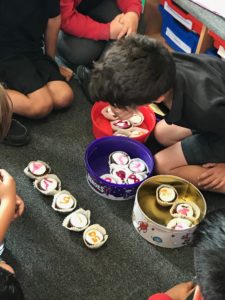
Well done!
Living and Learning: Talk PANTS


In Year One, we have been talking PANTS. Pantosaurus taught us some very important messages to help us stay safe. Take a look at the pants we designed that show some of those messages.






DT
Year 3 have been doing some DT in recent weeks. They’ve been working in groups to design and build space rover prototypes, like Curiosity, that are able to:
- move over rough terrain
- carry something or someone
Check out their DT work, below:

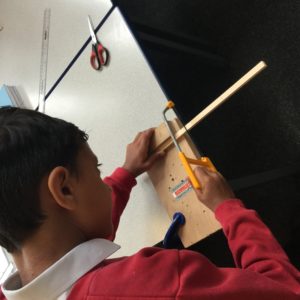
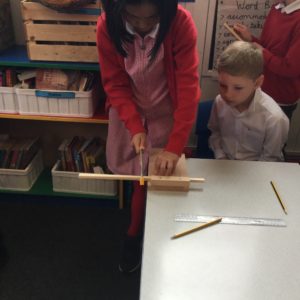
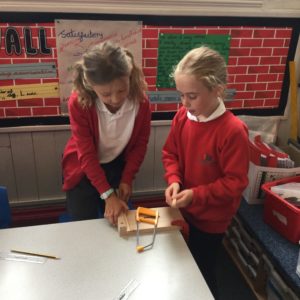
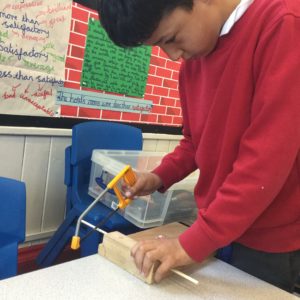
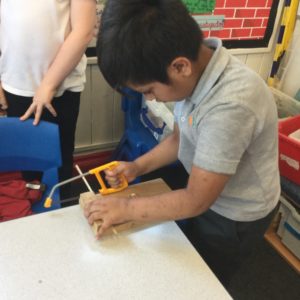
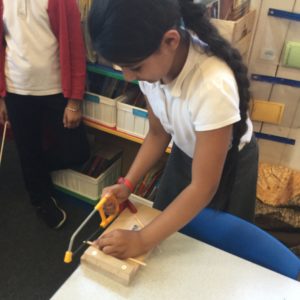
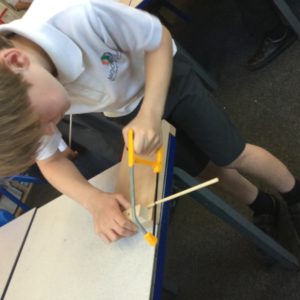
Awesome Artists!
Year Three have been using their imaginations and simple pencil lines to turn everyday objects into pieces of Art. Check our their Art, below!
